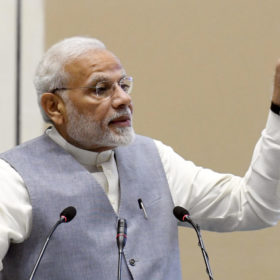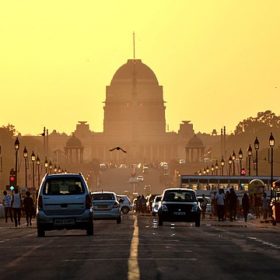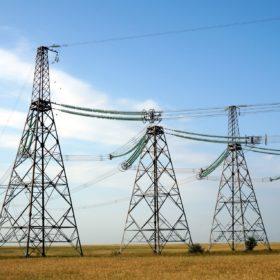Hits and misses among latest 10 GW solar tender amendments
While the timelines for PV power plant execution and completion of manufacturing facilities are now more realistic, production obligations – especially for capacity utilization – need to be revisited.
Solar still gaining as coal’s share of national capacity falls
India saw an increase in PV’s share of national generation capacity in the third quarter, as 2 GW more solar was added despite worries buffeting the industry.
Falling rupee could threaten Rs28,000 crore of solar projects
As the currency continued to fall today, analysts are concerned developers will see any savings from falling module prices disappear, and lenders may get nervy, putting the national solar target in grave doubt.
Solar City Initiative phase two launched in Delhi
The programme allows the installation of solar roof atop apartment blocks, which otherwise could not install such systems. Potential in the area is around 15 MW, of which 6 MW have been signed up for already. Another 5 MW should be developed in this second phase of the project.
Just 16 countries on track for climate goals
New research from institutes at the London School of Economics has found a significant gap between what countries declared they would be doing in compliance with the Paris Agreement, and what they have translated into national law three years later. As officials from around the world will flock to Poland next month to negotiate the implementation pathway of the Paris Agreement, this and other new studies draw a dark picture of current performance.
India powers ahead as Asia set for 355 GW of PV by 2023
Despite political hurdles in key markets including China and Japan, Asia remains highly active. This year, 59 GW of solar is expected to be installed and due to further system price declines, a phase-out of subsidy schemes can be offset.
ReNew Power to develop 3 MW floating PV project in Andhra Pradesh
SECI has opened up to 10 GW of floating PV for expressions of interest to accelerate adoption of the solar platform. The potential generation capacity for the technology in India is enormous, with 700 GW possible if just one-third of the country’s water reservoirs are exploited.
‘SECI’s 10 GW solar tender will not attract big developers’
Big players such as Acme, ReNew, Adani, Azure, Hero Future and Aditya Birla Solar are likely to stay away from procurement which requires 3 GW annual manufacturing commitment, says industry insider Gopal Lal Somani.
Hitting 76% of its solar ambition would still be some achievement for India
Analysts are weighing into the debate over the MNRE’s big solar plans, but pointing out that even a partial victory would set the foundation for future solar triumphs.
Historic tariffs could be revised to reflect GST costs
Developers have successfully secured relief from the federal government to mitigate the effects of GST on PV projects. One-off compensation will be paid and tariffs may be adjusted to reflect any ongoing rise in maintenance expenses.














